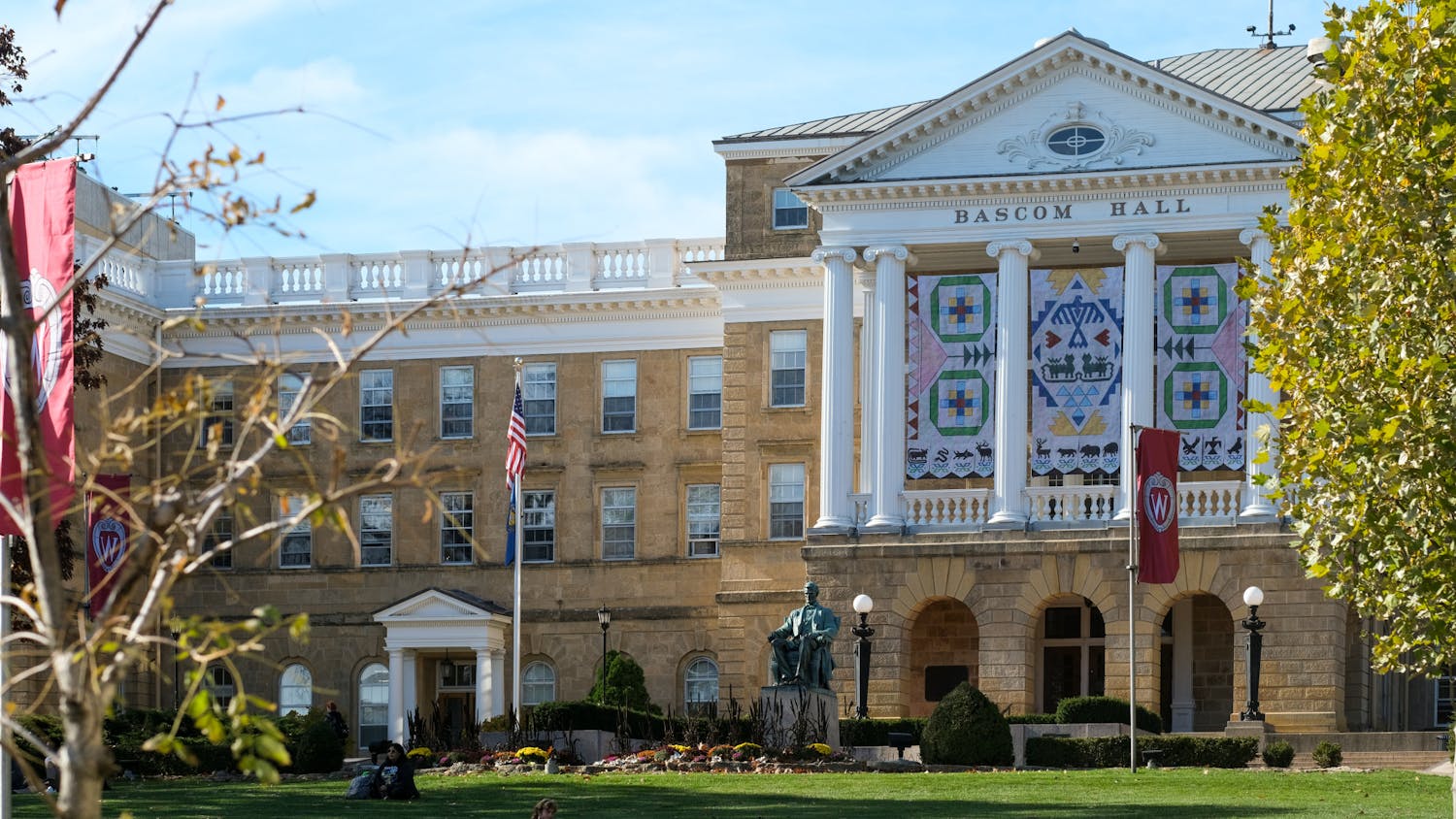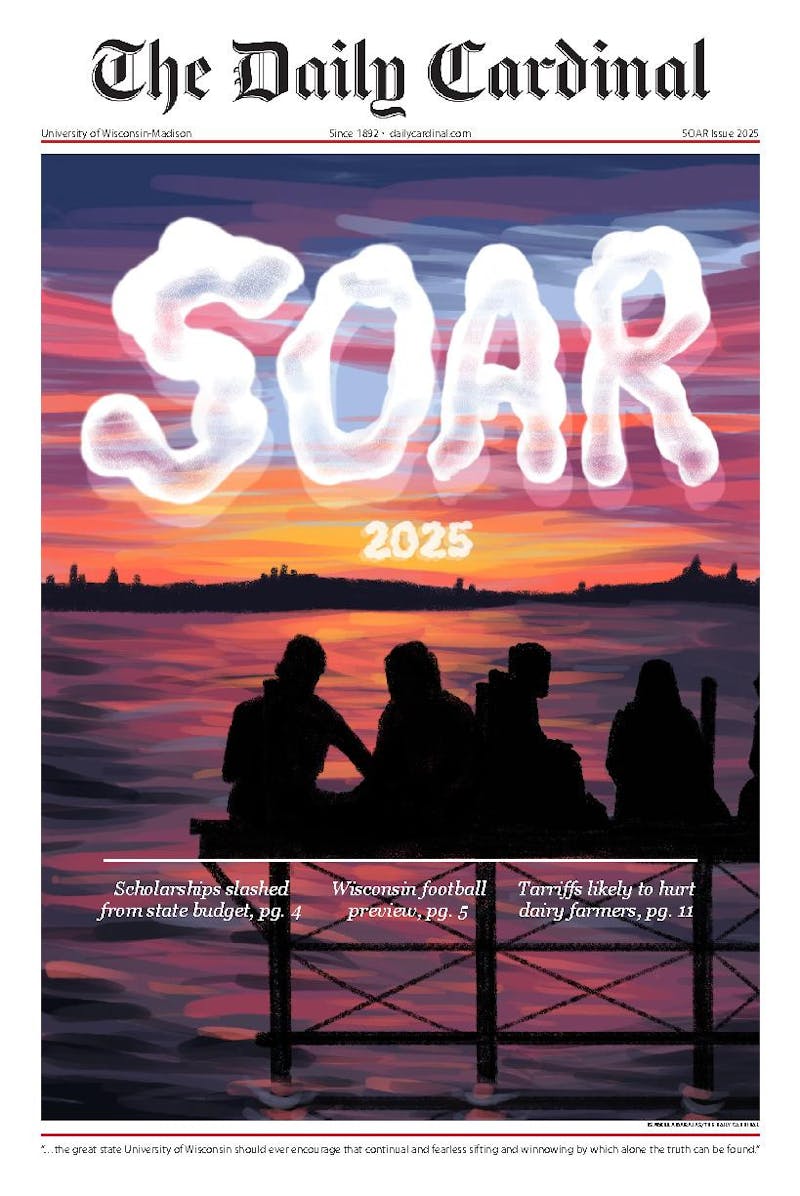Each year, a temporary population of over 40,000 University of Wisconsin-Madison students flock to the small city for the eight-month school year. Of the student population, around 8,000 call one of 21 dorms home, but growing class sizes have made finding beds for each student more difficult.
The search for housing prompted by growing student populations is not a new issue at UW-Madison, according to Kacie Lucchini Butcher, director of the UW-Madison Public History Project.
“Housing became a very serious problem for the university after World War II,” Lucchini Butcher said. “After World War II, the university population boomed. We [had] so many students coming back from war. A lot of students had the GI Bill, so their education was being paid for, but also it's coming at a time when there's an increased awareness that college is important.”
To accommodate this influx of students, the UW-Madison Campus Planning Commission approved construction efforts for 12 new buildings and expansions on campus following World War II, and in the meantime, some students lived in metal huts, tents and trailers wherever there was open space on campus, according to Madison: History of a Model City.
The university needed to build dorms to combat the housing shortage, but it also needed to assist in helping students find off-campus housing.
“The university was building dorms starting very, very early in (it's) history, but they really started building dorms in the 40s, 50s [and] 60s...So right after World War II, about 1945 to 1950, the university is frantically building dorms, but they can't build them quick enough to serve the student population," Butcher explained. "What happened is that students were forced to find housing on the private market.”
In order to assist in students’ search for off-campus housing, UW-Madison officials created a list of approved landlords who enforced the university’s two standards requiring that living spaces meet the city of Madison’s building codes and that they be segregated by gender.
Meaning, men and women were not allowed to live in the same apartment building.
“Oftentimes there were some detailed rules like women had to have like a house mother or somebody who lived on-site who could monitor them and make sure that they were following curfew [and] that they weren't having men alone in their rooms,” Lucchini Butcher said. “There was like a heavy element of policing, decorum and sexuality.”
Since there were not enough dorms to accommodate all students, the university gave in-state students priority for dorms. When students were not assigned dorms, then they considered apartment options. One of which was Eden Hall, which still houses students off campus under the name Langdon Hall.
Finding off-campus options posed other challenges, as the surge in student population occurred before the Fair Housing Act passed in 1968, which legally prohibited individuals from being discriminated against based on their race, religion, national origin, sex, disability and family status. This led to students of color and Jewish students being often rejected from off-campus apartment buildings.
“So [there was] this weird balance of rushing to build dorms — but not being able to build them quick enough for the student population — mixed with students who were being forced onto this private housing market that was also competitive where landlords were legally free to discriminate, creating all types of issues for the university in this time period,” Butcher added.
Other challenges were exacerbated by Madison’s geographical location on the Isthmus and campus’s location within the small city.
To build more housing facilities, the university had to encroach on Madison’s existing neighborhoods. One of these areas, Madison’s Greenbush neighborhood located south of campus, was a historically Jewish, Italian and Eastern European neighborhood before the city moved residents out for redevelopment.
“So the city kind of comes in and says ‘These are unsafe living conditions, we want to redevelop this area to make it safer for the residents,’” Butcher said. “Except they kick all those residents out, tear it down and they don't let those residents come back. They force these people out into other places. This happened all across the country in almost every major city during the 1960s [and] 70s, and it continues to happen.”
Butcher acknowledged that while these redevelopments were not made specifically for the university, many of the developments that were built were likely intended to be used by the student population.
Today, displacement still occurs as UW-Madison continues to try to accommodate the growing student population’s need for academic spaces and housing facilities. In Oct. 2021, the university announced plans for Levy Hall, a new building for the College of Letters and Science.
The building, which will be located at the southwest corner of Park Street and West Johnson Street, will require the demolition of Susan B. Davis Hall and Zoe Bayliss Co-op residence halls.
Gina Musso is a Senior Staff Writer at The Daily Cardinal. She previously served as College News Editor and Features Editor, focusing coverage around student government, campus COVID updates and in-depth reporting. Follow her on Twitter @gina__musso.






